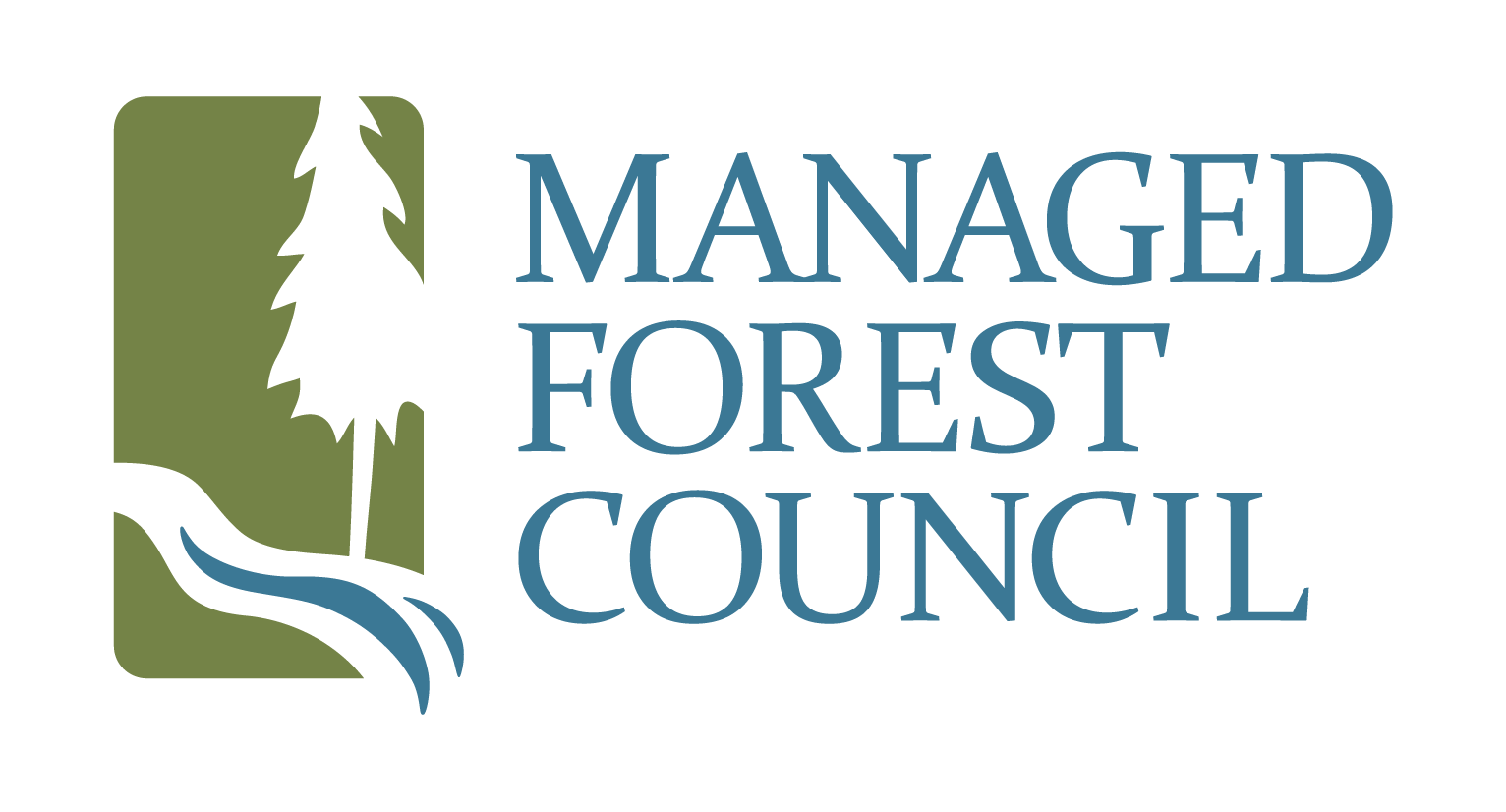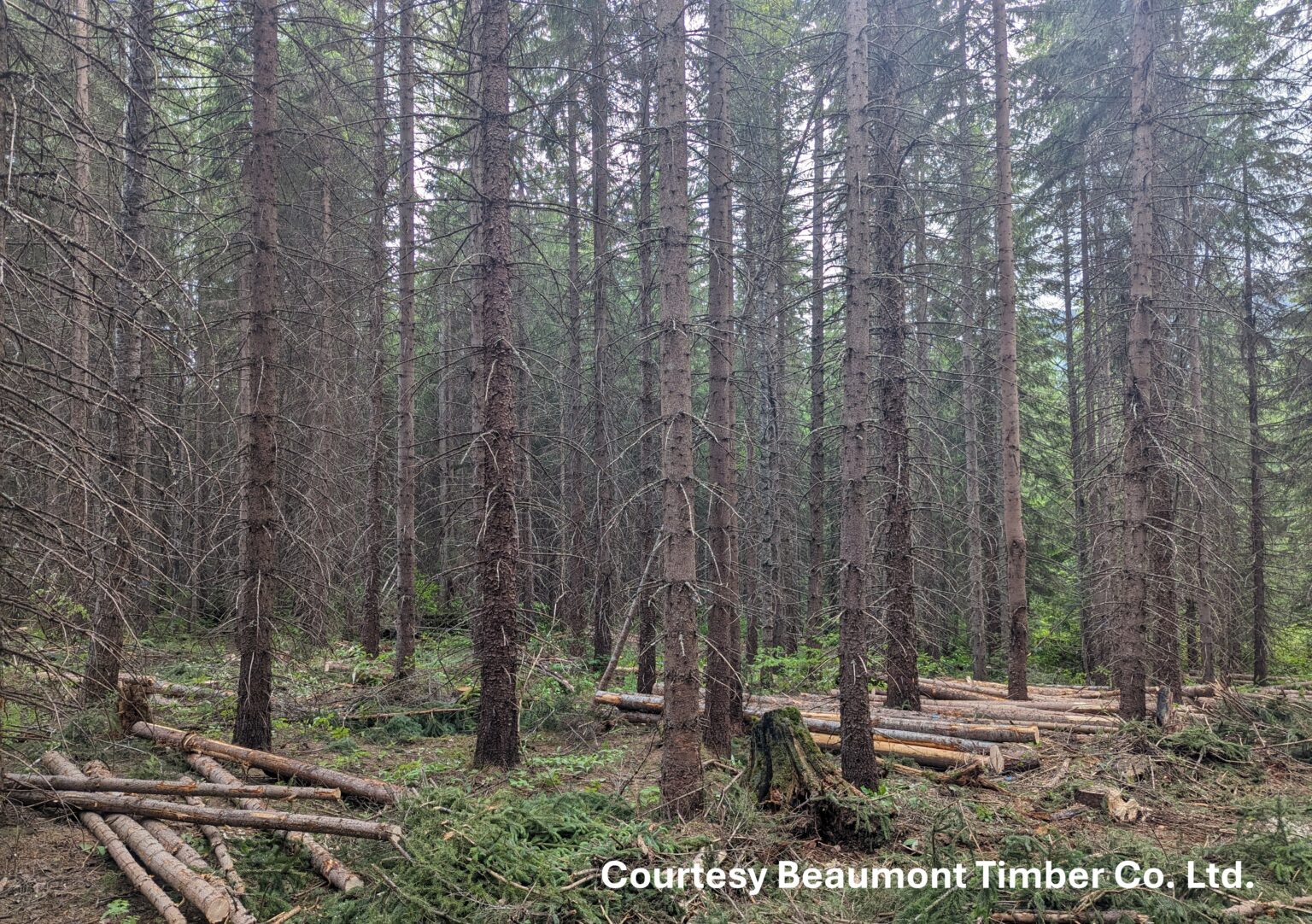Commercial Thinning: new policy clarifies tree retention and reforestation obligations
The Managed Forest Council has a new policy to define tree retention and reforestation obligations following commercial thinning activity.
Commercial thinning is an intermediate partial cutting timber harvest. It can be done for several purposes, including:
- Improving forest health and stand condition
- Providing access to fibre
- Increasing future timber value
- Enhancing wildlife habitat or biodiversity values
- Capturing tree mortality
- Reducing wildfire risk by modifying stand structure
Under Section 31 of the Private Managed Forest Land Council Regulation (Council Regulation), landowners are required to restock and establish a successfully regenerated stand where timber harvesting has taken place. The requirements include a defined minimum number of crop trees per hectare that does not always accommodate commercial thinning goals.
Managed Forest owners may request an exemption to the Council Regulation section 31 where a commercially thinned stand will not meet the Section 31 reforestation requirements.
Exemption requests should be submitted to Council before commercial thinning activity takes place if the post thinning retention is planned to be less than the required minimum number of crop trees per hectare. Please contact our office if you require direction on the information expected in an exemption request.
The Commercial Thinning policy FPO-04 below outlines the tree retention criteria the Council will generally accept when reviewing exemption requests.
RESOURCES
- Field Practices Policy FPO-04: Commercial Thinning
- Private Managed Forest Land legislation including the Council Regulation
- Government of BC- Stand Tending web page **although field practices standards on private land are different than on crown land, this webpage has general resources that may be useful for private managed forest landowners including ‘Thinning Guidance for British Columbia 2025’

